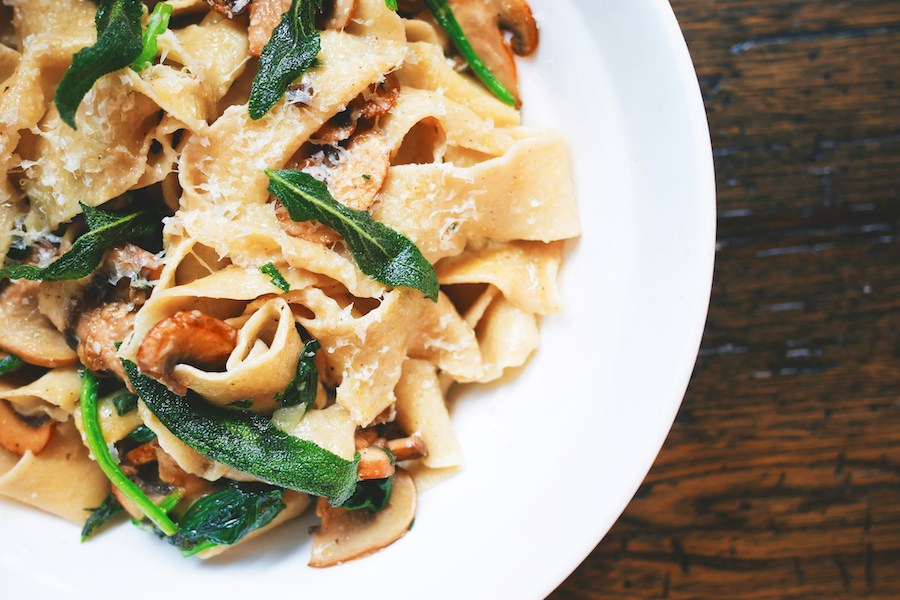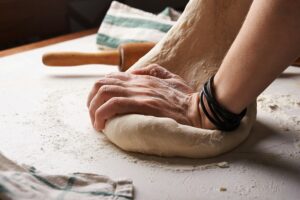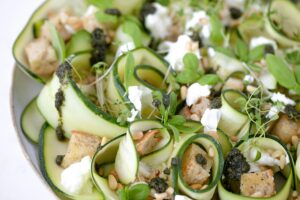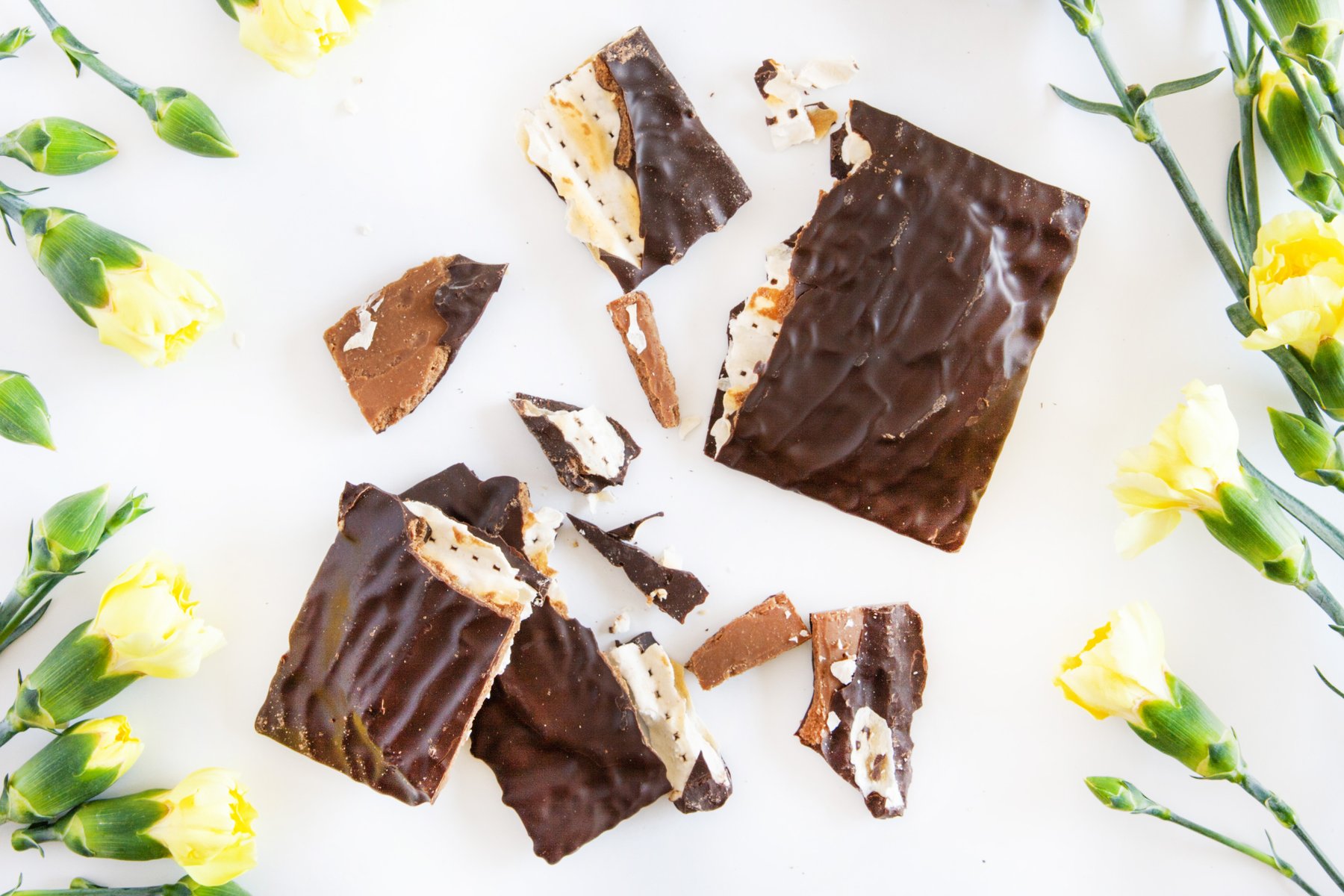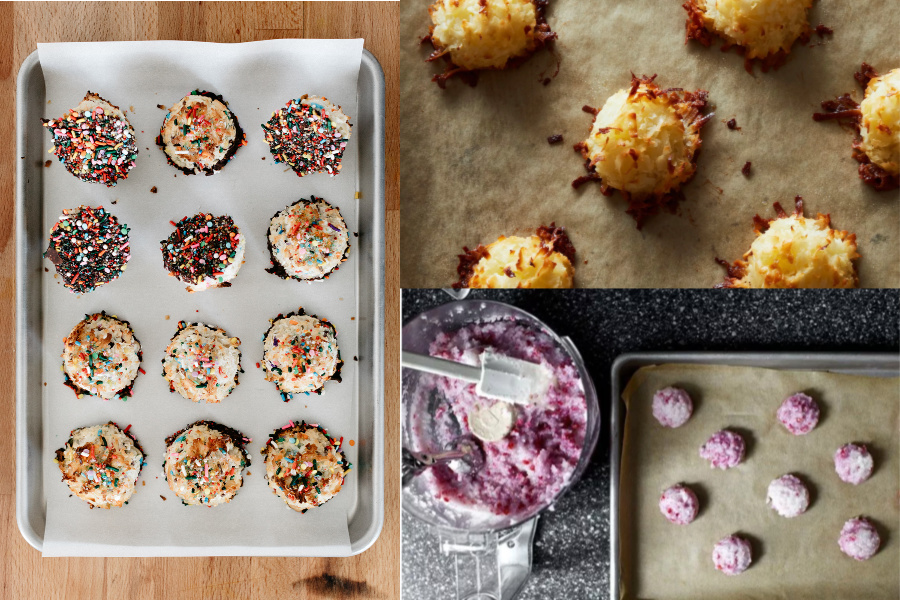
by Liz Gumbinner | Apr 18, 2024 | Recipes
We’ve explained many times that macarons are not to be confused with macaroons, the latter being a flour-free, gluten-free, generally chewy coconut cookie that’s a favorite treat to finish off your Seder. This being Passover season, it’s a perfect...
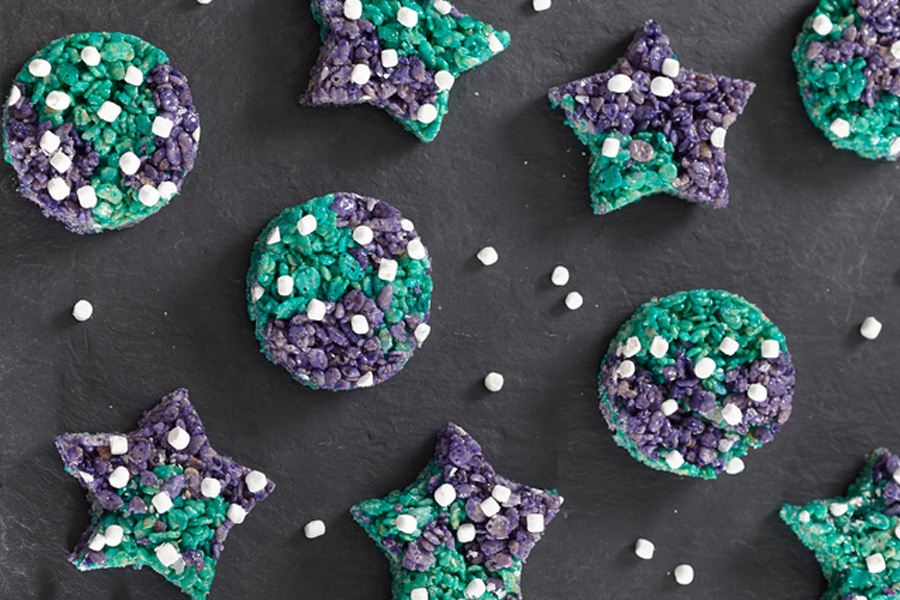
by Stacie Billis | Mar 26, 2024 | Recipes
If you live in the United States, I can’t imagine that you haven’t heard that a once-in-a-lifetime total solar eclipse is happening on April 8, 2024. And if are anything like me, you can barely find time to get your hands on solar eclipse glasses let alone...

by Cool Mom Team | Feb 9, 2024 | Recipes, Holiday Cooking, Party!
Running low on time but still want to make something special for Valentine’s Day? Check out this huge list of homemade treat ideas that are as fun as they are delicious. We put together more than 150 quick and delicious ideas and certainly, you’ll find the...
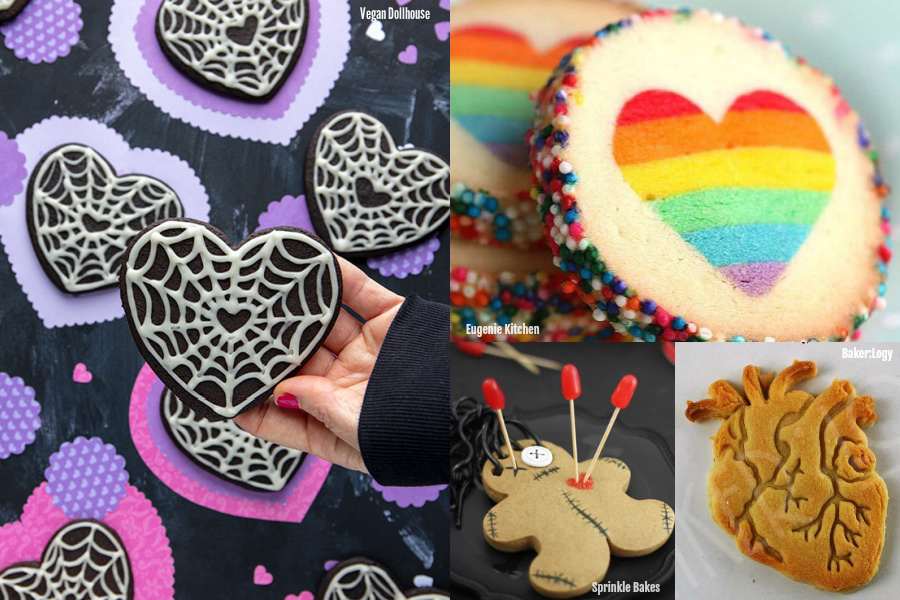
by Liz Gumbinner | Jan 25, 2024 | Recipes, Party!
There are so many wonderfully creative and cool Valentine’s Day cookie ideas we’ve featured over the years (we even have a whole new Pinterest board devoted to Valentine’s day treats and recipes) but honestly, I know my teens aren’t into the...
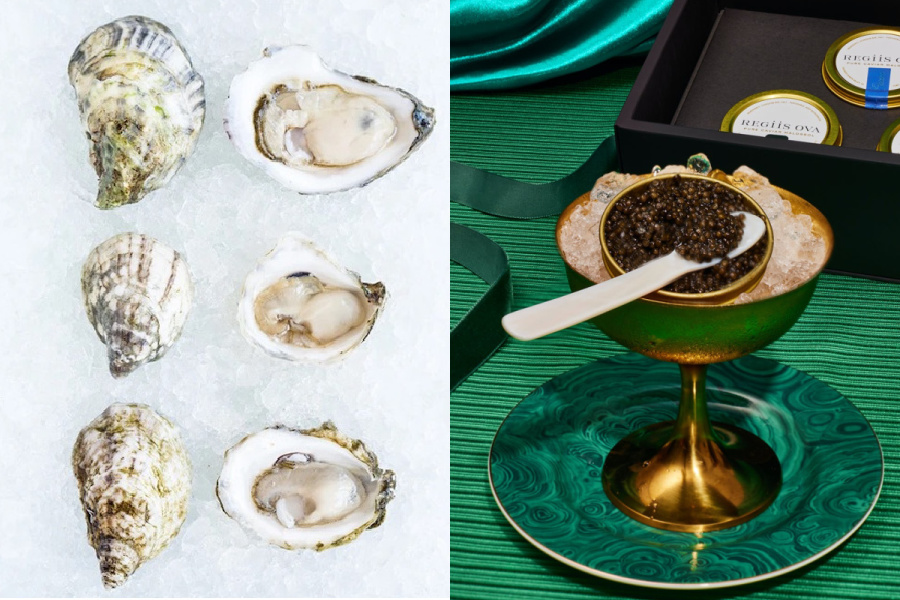
by Kate Etue | Jan 13, 2024 | Gift Guides, Shopping Finds
Aphrodisiacs for Valentine’s Day? We believe, we believe! There’s some science behind these aphrodisiac Valentine’s food gifts, like chocolate increasing blood flow to lots of parts of the body, or oysters providing tons of protein for stamina. Plus,...







